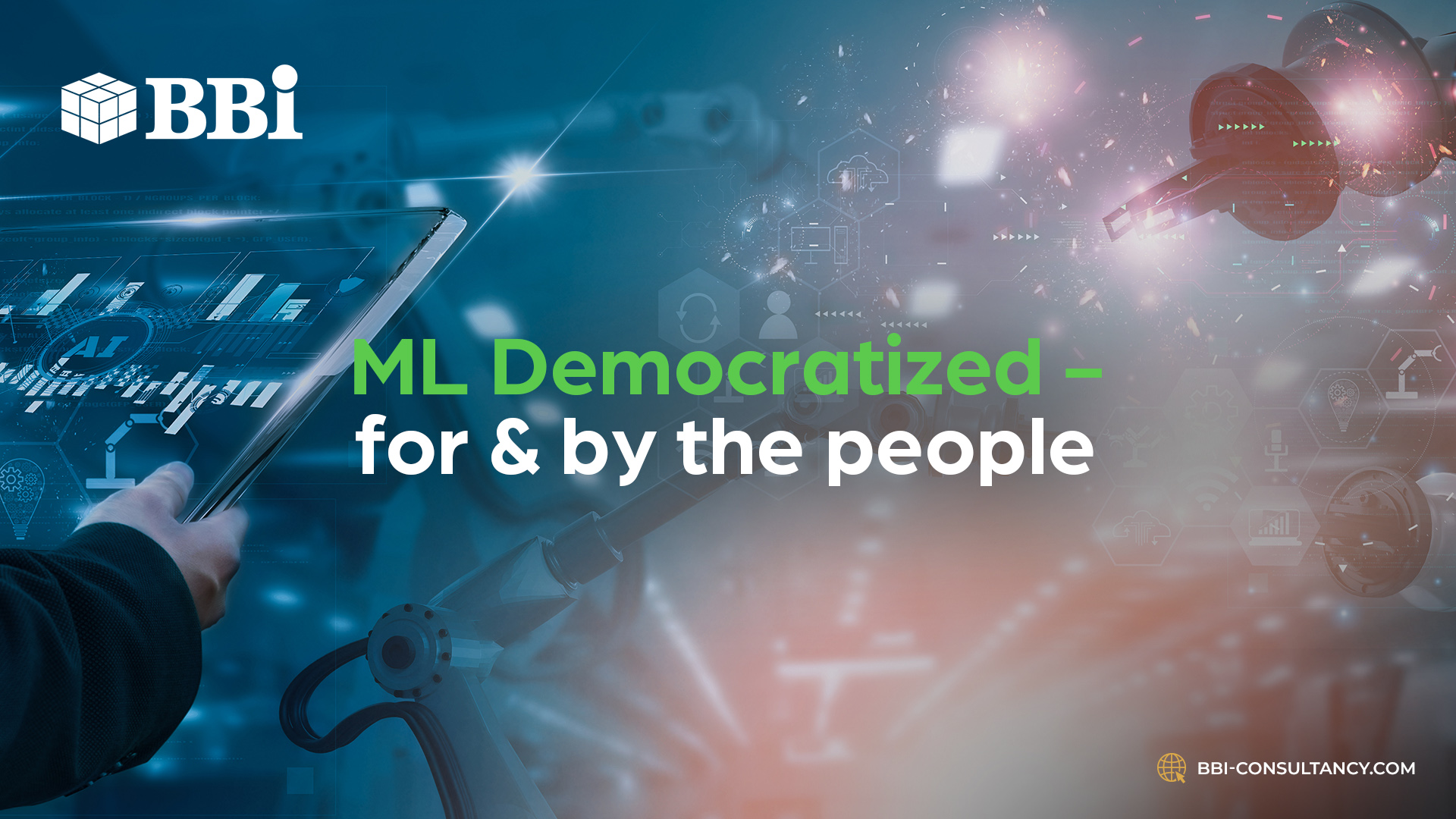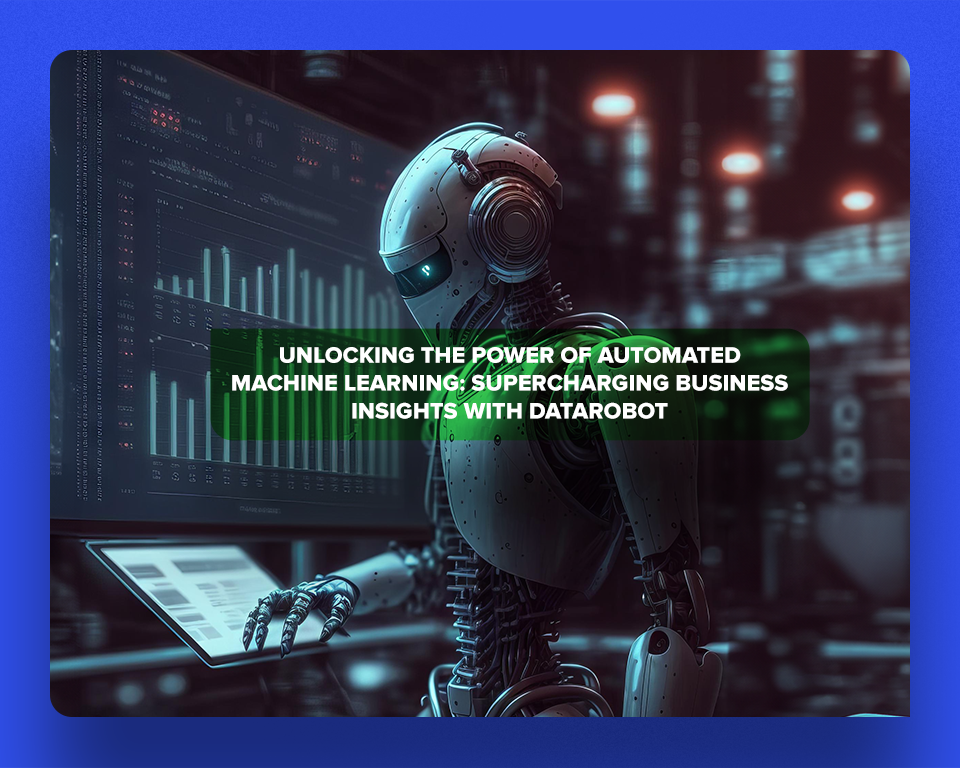

Using technology is a fundamental right that all people have. That’s not a pronouncement of law, a fundamental truth, or even a declaration of de facto general public understanding. The consensus is that this is the case.
In the last three articles of the series dedicated to AutoML, we highlighted the technical aspects of the concept, its increasing adoption and practical use cases that are increasing in number faster than ever before. In this article, we will shed some light on it through a humane lens; i.e. from the lens of ordinary people.
According to PS Market Research, the rise in the global AutoML is subject to rising demand for efficient and pro-active fraud detection solutions, increasing need for customized product recommendations and growing significance of predictive lead scoring. AutoML industry is expected to grow by CAGR of 45.6 percent during 2020-2030.
The Rise of the Idea:
The advent of open source and the emergence of cloud computing has fueled this line of thinking since open source promotes meritocracy above hierarchies, an activity that demands access, opportunity, and participation.
Machine Learning and Artificial Intelligence (AI) are two areas of the IT environment that are being pushed towards more openness and access to the ‘smartness’ of AI techniques along with their algorithmic prowess.

Amazon Web Services (AWS) is undeniably a key player in the cloud computing industry, and as such, it has the breadth necessary to push the machine learning (ML) capabilities of its data centers ahead in a variety of methods, forms, and degrees of complexity, abstraction, and accessibility.
The goal of certain forms of IT democratization is to bring complicated tools for developers and data scientists into the hands of the general public. Other forms of IT democratization seek to provide developers access to machine learning technologies. In the beginning, not all of them will necessarily be natural machine learning professionals and AI developers.
No Code ML:
Cloud computing giant Amazon Web Services (AWS) provides a wide range of options for bringing its data center’s ML prowess to bear in various methods, forms, and degrees of abstraction. There is a new SageMaker Studio Lab for studying machine learning techniques that have just been launched for free.
Students learn the fundamentals and get the opportunity to experiment with an IDE (in this case, JupyterLab IDE) to begin creating model training functions that can run on real-world computers (both CPU chips and higher-end graphics processing units, or GPUs) and the gigabytes of storage these processes require.

Power Bringing Responsibility:
When it comes to AI & ML, all of the machine brain capacity we are going to unleash on our lives, we realize that with great power comes tremendous responsibility. A company’s policy restrictions and role-based telecommunication networks ensure that data resources are not altered or disseminated in ways that might be detrimental to the organization, or even to individual employees, and that data is not accessed and used in a manner that could harm the company or its employees.
It’s impossible to dispute the massive amount of work being put in as AI and machine learning (ML) become more accessible to a wider range of people. Who could possibly oppose such a proposal? Let’s wait for the time to decide!
Parting Thoughts
It is anticipated that machine learning will become one of the technologies that will have the greatest impact on this generation. In order to use this technology for solving some of the most difficult issues in the world, we need the brightest minds from a wide variety of fields and from all walks of life to join this industry.
Only then will we be able to unleash the technology’s full potential. By establishing this new notion, we want to excite and motivate a diverse future workforce, as well as remove the financial hurdles that hinder many people from getting their careers off the ground.

